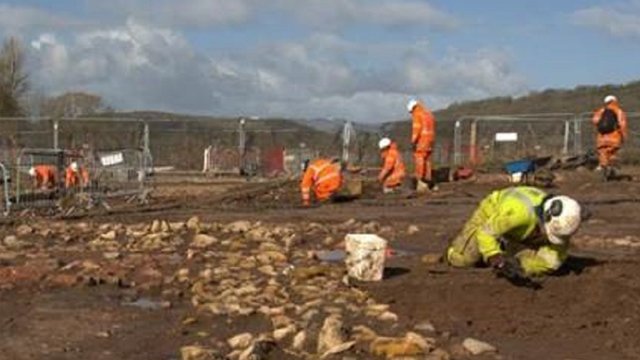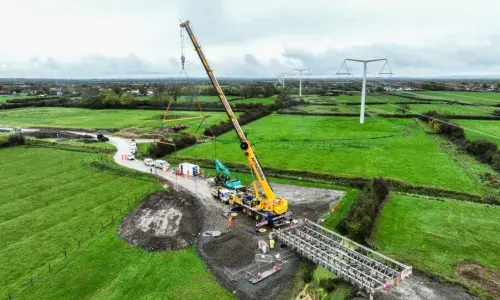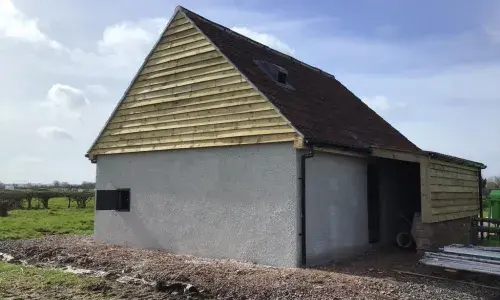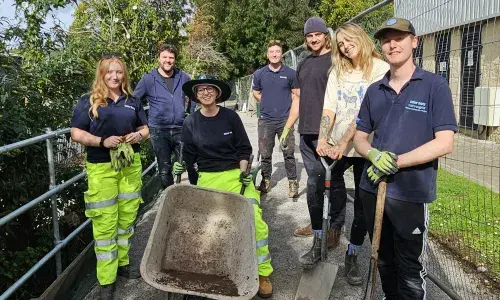
Archaeology on the Hinkley Connection
Our commitment to preserving and recording the historic environment
The route of the Hinkley Connection Project passes through landscape that has been occupied and shaped by humans for over 40,000 years. Each period leaves its own trace, from incredibly rare Prehistoric remains, through to the more familiar Roman, Saxon and medieval periods.
All remains are finite and all too easily they can be damaged or removed without record. The information on our past ancestors, their beliefs, culture and ordinary ways of life can be lost without trace. National Grid is committed to preserving and recording the historic environment.
Early investigations
During the very earliest planning stages of the project, we carried out detailed investigations to see whether there was likely to be any archaeology under the ground. Well before permission was granted, the route was assessed to see that known archaeology was present and where it was believed previously unrecorded remains might be found. The route of the new connection was guided by this information to reduce the impact on the most important known and protected remains. Surveys were also carried out to try and identify the location and importance of any hidden archaeological remains.
The final approved route crosses areas of known and potential archaeological remains. Any archaeology finds are either preserved by record or where achievable, significant remains may to be preserved in situ for future generations to investigate.
Archaeological Method Statements
Each stage of the Hinkley Connection Project requires its own archaeological recording, detailed in a document called an Archaeological Method Statement. This details the level, standard and location of the archaeological investigations to be carried out, either before or during construction.
Discovering a Roman roadside settlement
As part of our work to install underground cables through the Mendip Hills, the route was first investigated by desk study, geophysical survey and trial trenching before we were granted planning permission. We knew that one section of the route was likely to contain some important archaeology and, after discussions with the Local Planning Authority, the area was demarcated as needing detailed excavation to preserve and record any findings before construction work starts.
As can often be the case with buried archaeological remains, the significance of a site is often revealed only after detailed and larger scale excavations have commenced and the site understood in greater detail. The site is proving fascinating and is increasing knowledge about Roman life in North Somerset. Read this article to find out more.


